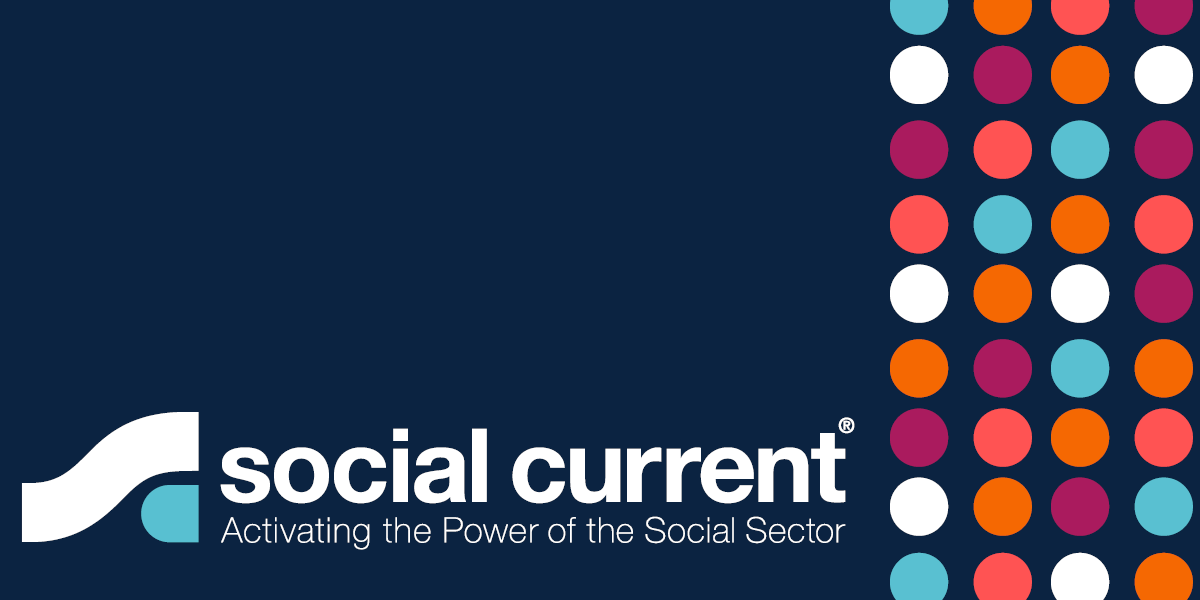Leading Change
Recent events are inviting and requiring organizations to engage in change at a pace previously regarded as impossible. Leaders and teams are faced with creating an array of strategies that are creative, represent innovation, and will result in sustainability and survival. For some (generally the minority), environmentally-imposed rapid change offers a necessary and exciting opportunity to innovate and iterate without some of the barriers or restrictions that were previously assumed. For others, change is challenging and can result in feelings of uncertainty and distress. Both views, and the gray in-between, are accurate and real. Knowing that people’s comfort can rest at these two poles or the infinite space between is critical when engaging in the change required to address the continued inequities and disparities in our society.
There is no shortage of leadership and change management theories to use when working within an organization or system. Critical in effecting change is understanding who you are as an organization and what approaches, actions, and activities are most congruent with both who you strive to be and what your organization intends to achieve. Working to promote equity, diversity, and inclusion must be infused into all of our efforts.
From my perspective, successful change efforts require a leader. Being “the leader” may be legitimized by role and positional authority, or it can be a designated or assumed role. While there is variability in environments, I believe that all people can be “the leader” and lead in place. While the scope and sphere may vary, every person can have self-determination, take responsibility, and assume ownership for effecting positive change. Every person can be forward thinking, aspirational, and inspirational – all required when working on change. Cynthia McCauley, Senior Fellow at the Center for Creative Leadership says that “there isn’t ‘a’ leader making leadership happen” (2014, p. 6). Similarly, I would argue that there isn’t “a” leader who will make change happen. Change is a collaborative process. Incumbent upon the authorized or designated leader of change is to inspire those around them and to make space for change to occur. Only through an adaptive, authentic, and inclusive process is change likely to be adopted and sustained. We must lean in to these opportunities and to contribute to evolving the systems and structures that impede our society.
Leaders of change are educators and facilitators. They must help people see and become energized by the big picture. They must share information honestly to build collective understanding. They must create a culture where ownership is shared, intended outcomes are agreed to and known, and the ability to make an impact is distributed. Change is not about one person; it is about a process and outcomes which are enhanced by the creative tension that occurs when diverse perspectives are engaged around a common issue. It is incumbent upon the leader to create the space for inclusivity to flourish and where new thinking can emerge.
Safe discomfort
Effective change requires that leaders create safe discomfort as a place for change. Renown leadership theorist Ronald Heifetz refers to this as the productive zone of disequilibrium, “Your goals should be to keep the temperature within what we call the productive zone of disequilibrium (PZD): enough heat generated by your intervention to gain attention, engagement and forward motion, but not so much that the organization (or your part of it) explodes” (Heifetz et al., 2009, p. 29). This is similar to what Jon Wergin (2020), author of Deep Learning in a Disorienting World, refers to as constructive disorientation, which he describes as “a space just beyond our comfort zone that motivates us to explore new ways of thinking and being. While uncomfortable, this level of disorientation is necessary for us to see our environment and our relationship with it in new ways.” While change can be anxiety-provoking, it is also a time when people can be energized. It can be a truly exciting time that results in increased cohesion and a stronger sense of direction, alignment, and commitment–three critical areas noted by McCauley.
Allowing people to feel disquieted while not being immobilized by fear is what I believe leads to profound change. Over two decades ago, as a crisis clinician, I often talked about the concept of viewing crisis as opportunity. The leader must create a manageable crisis, one which produces feelings of unease and manages and attends to potential feelings of loss. In this space, the impossible becomes possible and alternative ways of knowing and doing emerge. While the current pandemic and events surrounding the death of George Floyd may not feel like it is a “manageable crisis,” it is nonetheless a time that requires us to come together and to think and act differently.
Shared visions (and histories)
Kouzes and Posner have suggested the importance of a shared vision: “Every organization, every social movement, begins with a dream. The dream, or vision, is the force that creates the future” (2012, p. 18). Generally speaking, in human and social service environments, mission and vision alignment exists. However, there may be variability in how people understand the future direction and how it will be reached. Whenever possible, co-creating the future state is encouraged. In today’s environment, this may not be possible, but few will not support the mutually held vision of promoting a just and equitable society, of being of highest service to one’s customers – however that is defined – and of organizational survival, even if both look somewhat different than previously imagined.
Change efforts must also reflect a respect for history. While the social and human service sector has continued to evolve, there are many who have contributed tremendously for decades. For survival, it is essential for people to accept new ideas and allow them to take hold. At the same time, it is critically important to honor and respect the past and not thoughtlessly eliminate the traditions that people, organizations, and systems hold dear. Organizations can be prisoners of their own experience, particularly in times of uncertainty, “… when we don’t know what to do, we do more of what we know. We construct our own psychic prisons and then lock ourselves in” (Bolman & Deal, 2013, p. 7). In this way leaders must help others to think differently and see things through new lenses, “Because innovation and change involve experimenting and taking risks, your major contribution will be to create a climate of experimentation in which there is recognition of good ideas, support of those ideas, and the willingness to challenge the system” (Kouzes & Posner, 2012, p. 20).
Looking to the future
Change can be unsettling, and it is generally disruptive. Today’s world requires it. Attending to people’s feelings, communicating frequently and as transparently as possible, and helping people to understand “the why” – including the intended outcomes – are all critically important. Doing all of these things does not guarantee the success of your effort; nor does it mean that everyone will agree. Engaging in change work requires each of us to become comfortable with being uncomfortable. Deep change does not always make you popular, but if grounded in your values, guided by a clearly articulated vision, and done for the greater good, those around you are more likely to at least understand it and potentially embrace it.
References
Bolman, L.G., & Deal, T.E. (2013). Reframing organizations: Artistry, choice, and leadership (5th ed.). San Francisco: Jossey-Bass.
Heifetz, R.A., Grashow, A., & Linsky, M. (2009). The practice of adaptive leadership: Tools and tactics for changing your organization and the world. Boston, Mass.: Harvard Business Press.
Kouzes, J.M., & Posner, B.Z. (2012). The leadership challenge: How to make extraordinary things happen in organizations (5th ed. ed.). San Francisco, CA: Jossey-Bass.
McCauley, C.D. (2014). Making leadership happen. Retrieved from http://insights.ccl.org/wp-content/uploads/2015/04/MakingLeadershipHappen.pdf.
Wergin, J. (2020). Managing disorientation in a pandemic. Retrieved from https://medium.com/@jwergin/managing-disorientation-in-a-pandemic-310b49d5a03c.


